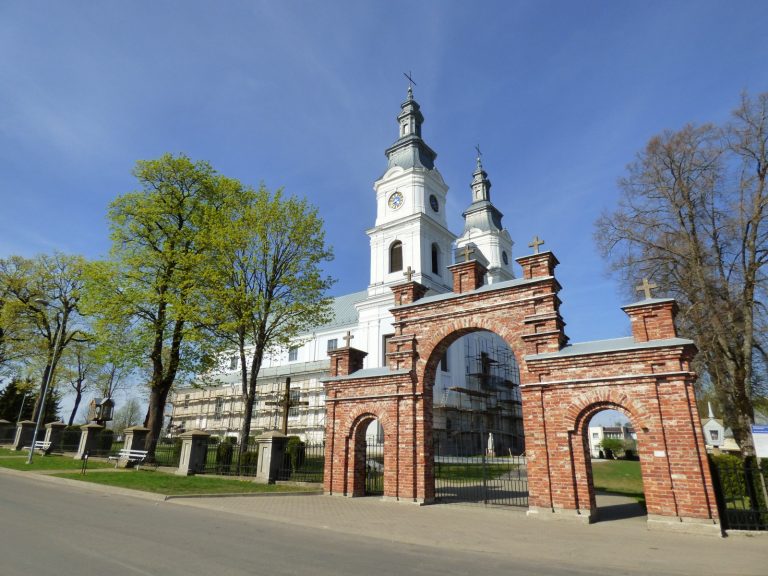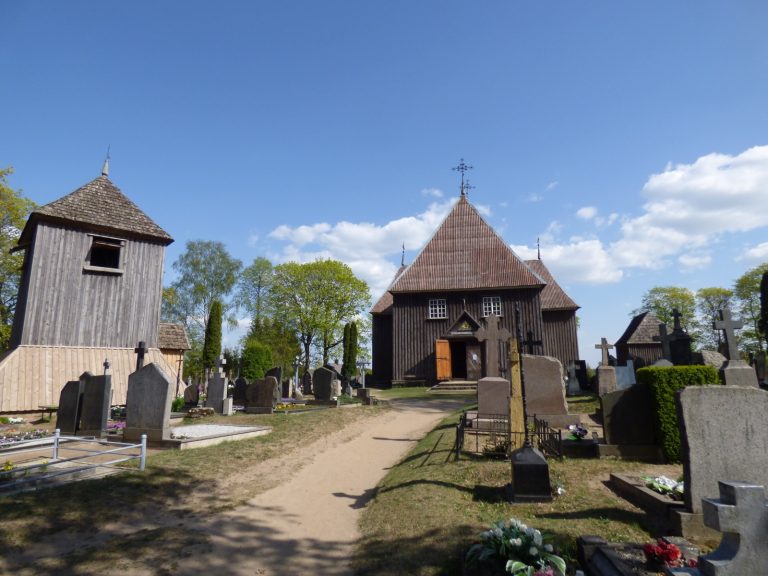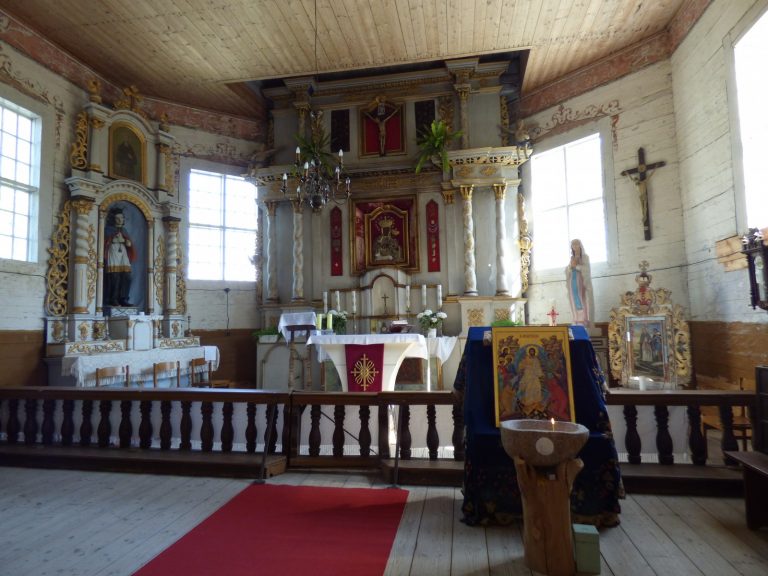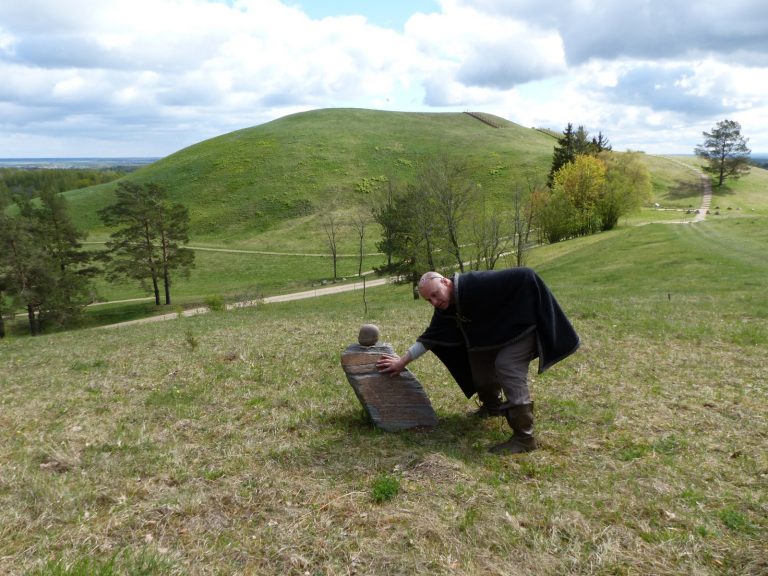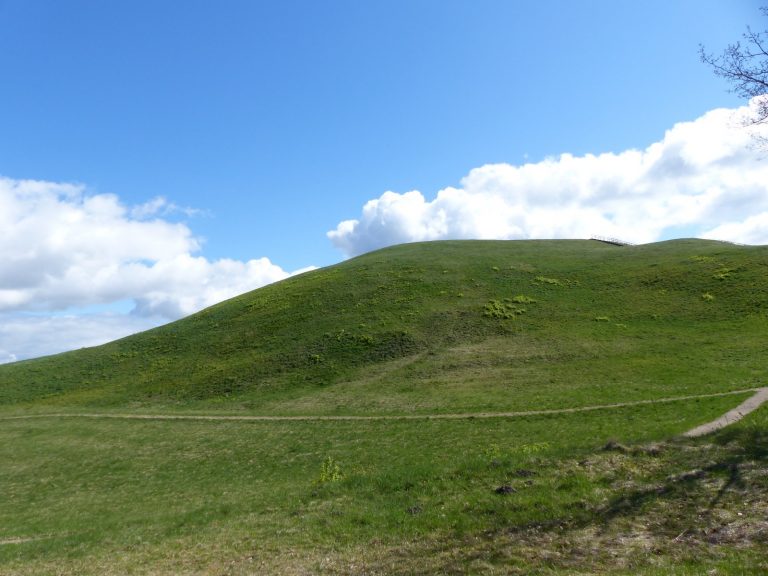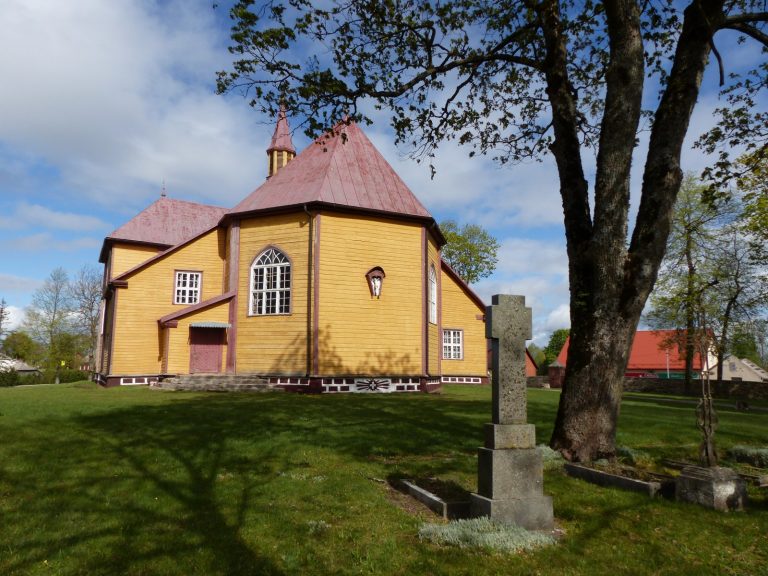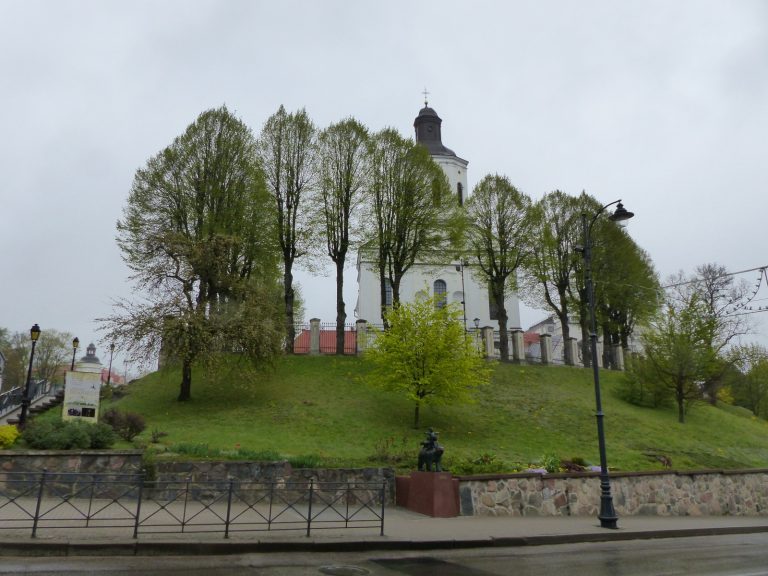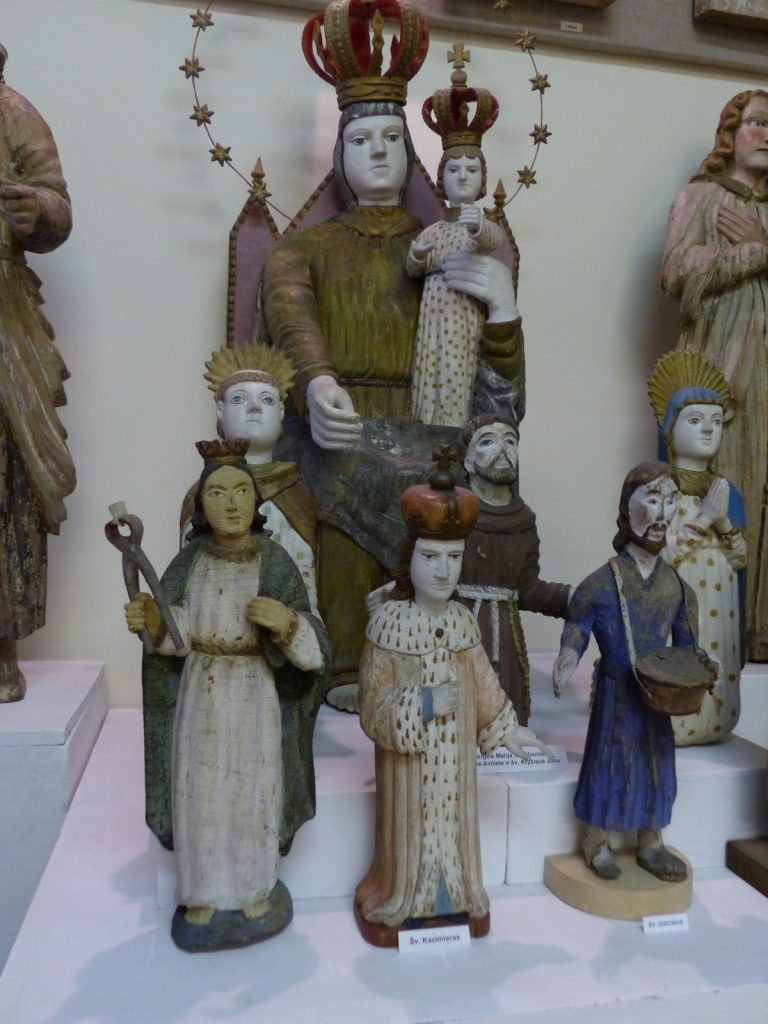LOCATION
The area of Telšiai is the heart of Samogitia. The land, abundant with lakes, forests and picturesque hills perfectly matches the image of an agricultural Lithuanian interior. Tiny villages, often with wooden buildings, sparsely populated, as well as vast spaces provide the feeling of freedom. It is the site of the Samogitian National Park (Žemaitijos Nacionalinis Parkas), the well-known Samogitian Calvary (Žemaičių Kalvarija) as well as one of the most important Lithuanian holy mounts (Satrijos Kalnas) where pagan fire has been burning ceaselessly for several years. Telšiai, the main town of the region, is picturesquely located at 55°59′N 22°15′E and inhabited by 40,000 people.
SIGHTSEEING
Selected sites of worship are situated within 25 km from Telšiai. Only Šilalė, famous for its stones is located within 60 km to the west of the town. Car is the only reasonable means of transport here. There are mostly asphalt roads, but between some of the villages there are gravel-paved dirt roads, in particular in the Samogitian National Park. Not all churches are open on weekdays. The best time to visit the Samogitian Calvary is during the parish festival (early July). The Mount Šatrijos is easily accessible on foot. The foregoing places may be visited within one day, yet it is worth dividing the trip into two parts – the Samogitian National Park with the Samogitian Calvary (Žemaičių Kalvarija) and Telšiai and Luokė with Mount Šatrijos (Šatrijos kalnas).
ATTRACTIONS
Telšiai has been the seat of the bishops of Samogitia since 1413 and the Christianisation of Samogitia. You must see St Anthony’s Cathedral (Karedros st.), erected in 1762–1765, with the former Bernardine monastery, and the Church of the Assumption of Blessed Virgin Mary (Šviesos st. 2), originally an Orthodox church erected in place of the parish church in 1867. In the town there is the Samogitian Museum with rich collections regarding the history of Samogitia, as well as an ethnographic exhibition. Luoke, located within 25 km from Telšiai is a village with a wooden church from 1774, as well as Šatrijos kalnas, one of the highest hills of Samogitia, located to the south of it, where holy fire has welcomed each new day for several years. Its attendants reside on the nearby hill where the fire is burning ceaselessly. You can talk to them about the native faith of Romuva movement (in Lithuanian, Russian or English). In the centre of the Samogitian National Park it is worth seeing the churches in Plateliai as well as usually open St Stanislaus’ Church in Beržoras. The Samogitian Calvary (Žemaičių Kalvarija), located in the north, is a baroque Basilica of the Assumption of Blessed Virgin Mary as well as a complex of 20 chapels of the Way of the Cross, scattered around the village.





